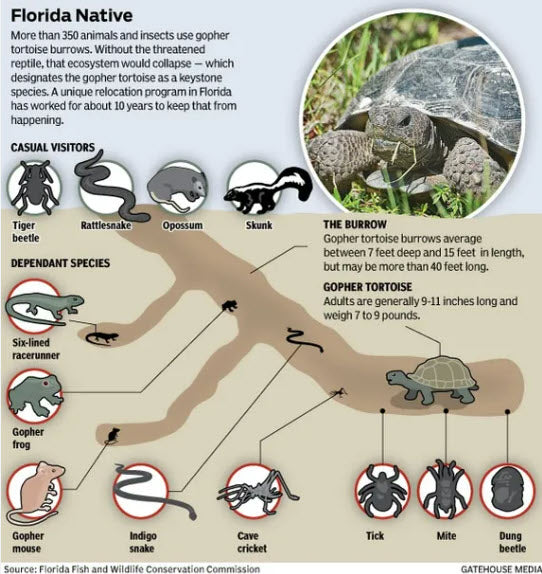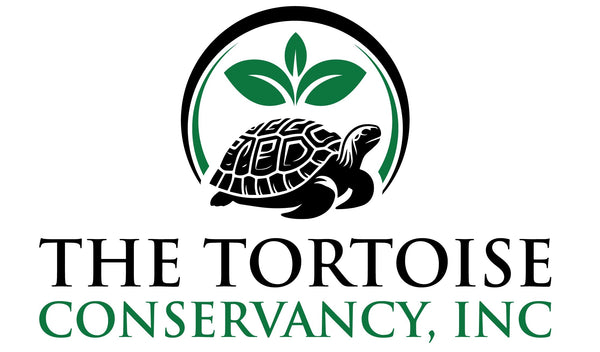
The Essential Role of Gopher Tortoises in Ecosystem Engineering
Share
The Essential Role of Gopher Tortoises in Ecosystem Engineering |
Gopher tortoises are often referred to as ecosystem engineers due to their significant impact on their surroundings. Their burrowing behavior creates habitats for numerous other species, including snakes, frogs, and insects. These burrows, which can be as deep as 10 feet and extend horizontally up to 40 feet, offer a stable environment that protects many animals from predators, extreme temperatures, and fire.
The presence of gopher tortoise burrows has been shown to enhance local biodiversity. For instance, the Florida mouse, eastern indigo snake, and gopher frog are just a few examples of species that rely on these burrows for shelter. By creating these underground refuges, gopher tortoises support the survival of a wide array of animals, many of which are also threatened or endangered.
In addition to providing shelter, the burrowing activities of gopher tortoises help in soil aeration and nutrient redistribution. As they dig, they mix the soil layers, bringing nutrients to the surface and promoting plant growth. This process benefits the entire ecosystem by enhancing soil health and increasing plant diversity. Gopher tortoises also help maintain open canopy forests through their grazing habits, which prevent overgrowth and encourage the growth of grasses and other low-lying plants. This grazing behavior supports fire-adapted ecosystems by reducing fuel loads, making prescribed burns safer and more effective.
